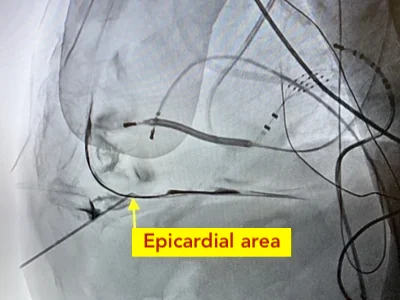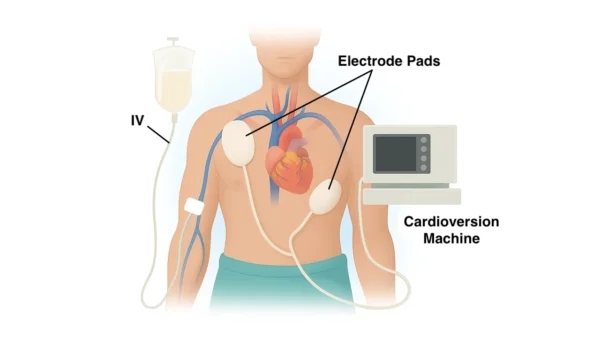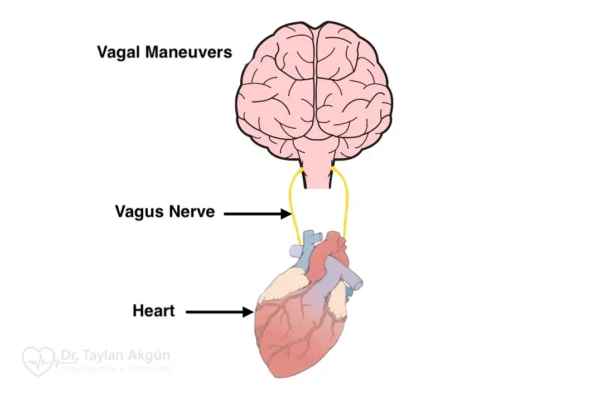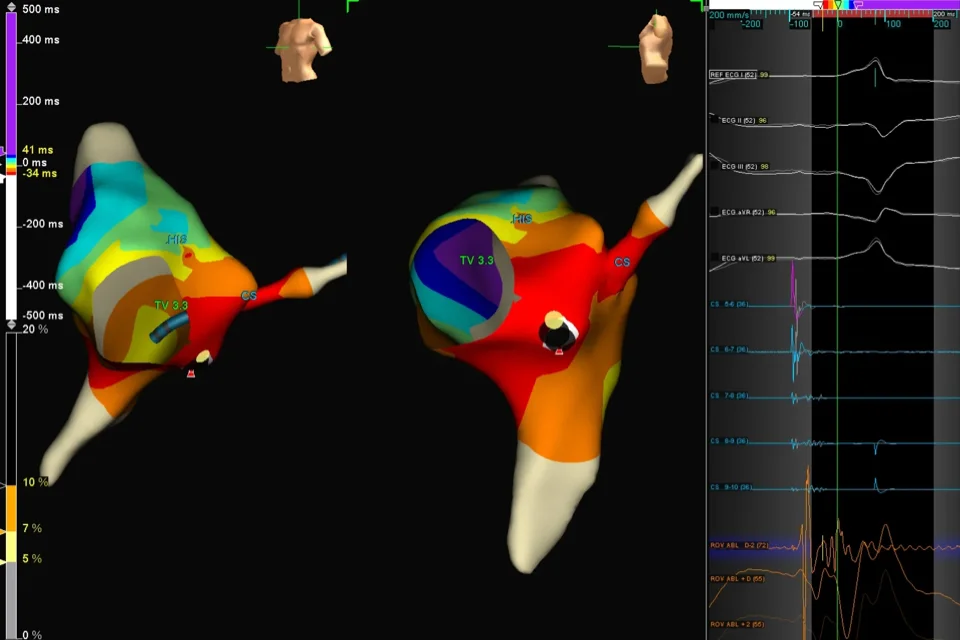Epicardial ablation is a specialized catheter ablation procedure used to treat certain heart rhythm disorders that originate from the outer surface of the heart, known as the epicardium. It is most commonly performed in selected patients with ventricular arrhythmias, particularly when standard ablation from inside the heart has been unsuccessful or is unlikely to reach the abnormal tissue.
Epicardial ablation is not a first-line procedure for most arrhythmias. Instead, it is an advanced treatment option reserved for specific clinical situations where the arrhythmia source lies outside the heart chambers.
Why Epicardial Ablation Is Sometimes Necessary
Most catheter ablation procedures are performed from inside the heart, targeting abnormal electrical tissue on the endocardial (inner) surface. However, in some patients—especially those with prior heart injury or certain cardiomyopathies—the arrhythmia circuit may be located predominantly on the outer surface of the heart.
In these cases, energy delivered from inside the heart may not adequately reach the arrhythmia source. Epicardial ablation allows direct access to this outer layer, improving the chances of successfully eliminating the abnormal rhythm.
Conditions Commonly Treated With Epicardial Ablation
Epicardial ablation is most often considered in patients with ventricular tachycardia, particularly when the arrhythmia is related to scar tissue from prior heart disease. It may also be used in selected inherited or inflammatory heart conditions in which abnormal electrical activity predominantly involves the outer surface of the heart.These include conditions such as Arrhythmogenic Right Ventricular Cardiomyopathy, Brugada Syndrome, and ventricular arrhythmias related to prior myocarditis or certain non-ischemic cardiomyopathies.
The decision to pursue epicardial ablation is based on detailed imaging, prior ablation history, electrocardiographic features, and specialized mapping during electrophysiology studies.
How Epicardial Ablation Works
Epicardial ablation involves accessing the pericardial space, the thin fluid-filled sac that surrounds the heart. Through this space, specialized catheters can map electrical signals directly from the outer heart surface.
Once the abnormal electrical tissue is identified, controlled energy is delivered to interrupt the arrhythmia circuit. The goal is to eliminate the source of the rhythm disturbance while preserving normal heart function.
The Epicardial Ablation Procedure
Epicardial ablation is performed in a specialized electrophysiology laboratory by experienced teams.
The procedure typically includes:
- Local anesthesia with sedation or general anesthesia
- Careful needle access to the pericardial space, usually below the breastbone
- Detailed electrical mapping of the epicardial surface
- Targeted delivery of ablation energy
- Continuous monitoring to avoid injury to surrounding structures
Epicardial ablation is often performed in combination with endocardial ablation during the same procedure to maximize treatment success.
Recovery After Epicardial Ablation
Recovery depends on the complexity of the procedure and the patient’s overall condition. Most patients remain hospitalized for close observation, usually for one to several days.
Mild chest discomfort related to pericardial irritation may occur and is typically managed with medication. Activity restrictions are temporary, and gradual return to normal activities is guided by the treating physician.
Benefits of Epicardial Ablation
In appropriately selected patients, epicardial ablation can significantly improve arrhythmia control when standard approaches are insufficient. It may reduce arrhythmia recurrence, decrease reliance on medications, and lower the frequency of implantable defibrillator therapies in patients who already have these devices.
For some patients, epicardial ablation provides the only effective pathway to durable rhythm control.
Risks and Considerations
Epicardial ablation is more complex than standard ablation and carries additional risks due to the proximity of important structures around the heart. These risks are carefully weighed against potential benefits before proceeding.
For this reason, epicardial ablation is performed only in experienced centers and after thorough evaluation. Careful planning and advanced imaging help minimize complications.
Living After Epicardial Ablation
Long-term follow-up is essential after epicardial ablation. Patients may continue rhythm monitoring, medication adjustments, and imaging as needed to assess treatment success and heart health.
Improvement may be immediate or gradual, depending on the underlying condition and extent of arrhythmia involvement.
In Summary
Epicardial ablation is an advanced catheter-based treatment used to eliminate arrhythmias originating from the outer surface of the heart. It is most commonly applied in complex ventricular arrhythmias when standard ablation approaches are insufficient. When performed in carefully selected patients by experienced teams, epicardial ablation can significantly improve rhythm control and quality of life.







